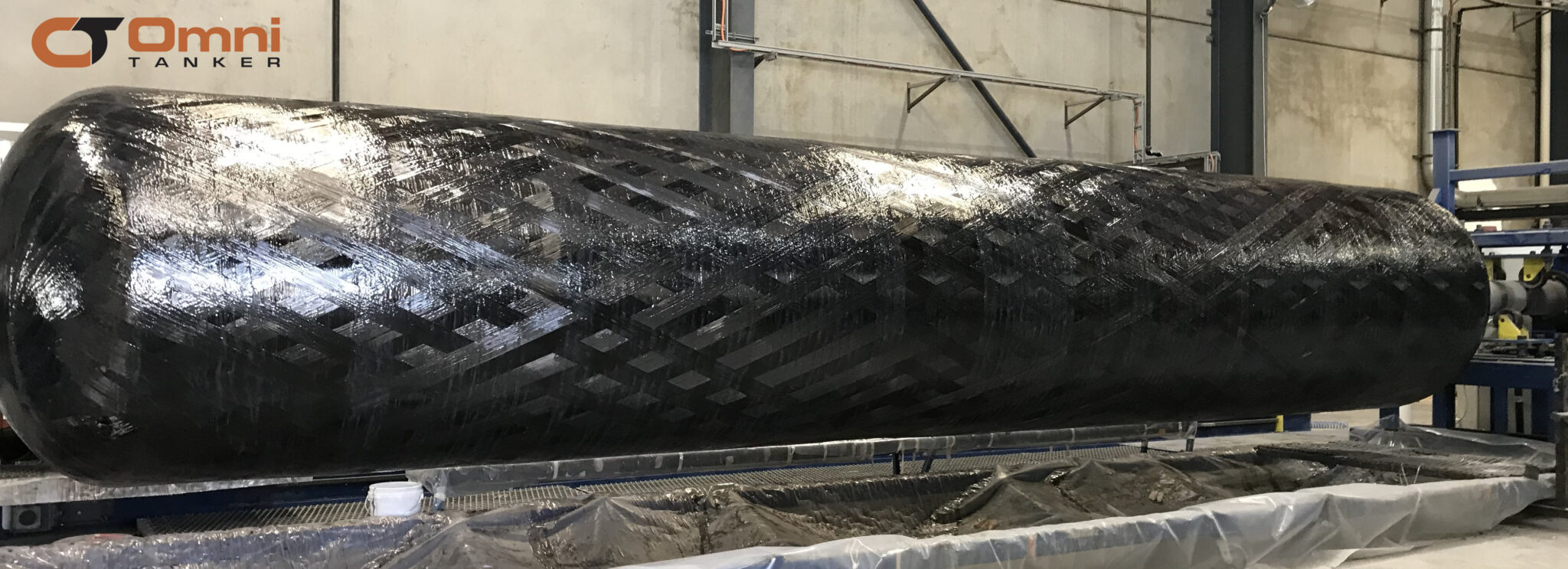Lockheed Martin Looks to Space with Australian-Developed Composite Tanks
 In a groundbreaking collaboration, Lockheed Martin, Omni Tanker and UNSW Sydney have joined forces to pioneer and commercialize world-first composite tank technologies. This ambitious project, supported by a grant from the Federal Government’s Advanced Manufacturing Growth Centre (AMGC), aims to tackle the challenges associated with using composites for the transportation and storage of liquid hydrogen across various applications – from ground and air to underwater and space.
In a groundbreaking collaboration, Lockheed Martin, Omni Tanker and UNSW Sydney have joined forces to pioneer and commercialize world-first composite tank technologies. This ambitious project, supported by a grant from the Federal Government’s Advanced Manufacturing Growth Centre (AMGC), aims to tackle the challenges associated with using composites for the transportation and storage of liquid hydrogen across various applications – from ground and air to underwater and space.
The co-funded initiative, valued at $AUD1.4 million and unveiled as part of AMGC’s Commercialization Fund launch, will leverage two innovative Australian technologies. The first is nano-engineering technology developed by UNSW in partnership with Lockheed Martin and Omni Tanker. The second is Omni Tanker’s patented OmniBIND™ technology. Together, these technologies will give rise to two operational-scale propellant tanks: a “Type IV” fluoropolymer-lined carbon fiber composite tank and a “Type V” linerless carbon fiber composite tank. Both tanks are designed to handle high pressures and the extreme cryogenic temperatures required for liquid hydrogen, as well as other substances like oxygen, hydrogen peroxide and hydrazine.
In acknowledging the pivotal support from AMGC, Christopher Hess, head of industrial development at Lockheed Martin Australia, emphasizes the enduring collaboration with UNSW and Omni Tanker. “Lockheed Martin invests millions of dollars every year into R&D programs with our Australian industry and research partners to solve real challenges facing our Global Supply Chains,” Hess expresses. “We have had a long-standing research collaboration with UNSW and Omni Tanker, and we are grateful for the support of the AMGC as we now look to commercialize these cutting edge, Australian-developed composite tank technologies for a number of Lockheed Martin and NASA applications.”
David Ball, regional director Australia and New Zealand, Lockheed Martin Space, delves into the significance of the project, particularly in the context of the space industry’s evolving needs. “As the world increasingly looks to hydrogen for emission-free energy, containing and transporting it in a safe, cost-effective and economic manner remains extremely challenging,” he notes. He also emphasizes the unique qualities of the linerless composite tanks developed in the project. “The space industry is particularly interested in the development of linerless composite tanks for their weight efficiency and durability, which represent the cutting edge of composite pressure vessel manufacturing. These advances have the potential to support the growth of Australia’s sovereign space capabilities, strengthen exports to space-faring allies and partner nations and make an important technological contribution to future space missions particularly in on-orbit storage, launch and deep space exploration.”
“Creating a lightweight vessel for transporting liquid hydrogen at minus 253 degrees Celsius is no simple thing – whether you’re moving it along a highway or to outer space – but it’s Australian know-how that is making it possible,” says Dr Jens Goennemann, managing director, AMGC. “That’s why AMGC is supporting Omni Tanker and its collaborative partners to engineer and manufacture a solution to this problem and offer it globally.”
These insights from key stakeholders illuminate not only the technological advancements achieved but also the collaborative spirit and Australian ingenuity at the core of the project. As the collaborative effort progresses, the development of these cutting-edge composite tank technologies stands as a testament to the nation’s capability to address global challenges and contribute significantly to the future of space exploration and technology.
The project builds on recent research led by Professor Chun Wang at UNSW, which overcomes the challenge of carbon fiber composites withstanding liquid hydrogen temperatures without matrix cracks. This breakthrough opens the door to mass-market adoption of these materials for various applications.
“This new technology is the result of an outstanding collaboration and partnership between UNSW, Lockheed Martin and Omni Tanker over the past four years. It is wonderful seeing our research achievement is now moving closer towards commercial success and generating social and economic impact in Australia and beyond,” adds Professor Wang.
Omni Tanker, with its experience in the development and commercialization of strong, lightweight composite transport vessels, has the know-how and technology to translate the recent research innovations for a myriad of applications. “This next phase in our collaboration with Lockheed Martin and UNSW is a landmark development that sees Omni Tanker’s seamless thermoplastic lining technology enter the aerospace sector,” says Omni Tanker CEO Daniel Rodgers. “ The OmniBIND™ technology has made inroads to revolutionizing the safe and efficient movement of challenging liquids within the chemical transport sector. Now the growing need to decarbonize the energy industry and the re-usable low-earth-orbit satellite market, have the potential to drive major utilization for these new technologies.”
The collaborative effort aims not only to solve immediate challenges but also to contribute to Australia's sovereign space capabilities, strengthen exports to space-faring allies and make a technological contribution to future space missions. The development of these advanced composite tank technologies represents a remarkable fusion of research, innovation and industry collaboration, showcasing Australia's prowess in the global space sector.
The Lockheed Martin, Omni Tanker and UNSW collaboration is symbolic of the nation’s commitment to advancing technology and fostering innovation. As these composite tank technologies move closer to commercial success, they pave the way for Australia to play a leading role in shaping the future of space exploration and technology.
Image: A large carbon fiber composite pressure vessel constructed using Omni Tanker’s OmniBIND-TM technology. Credit: Lockheed Martin


